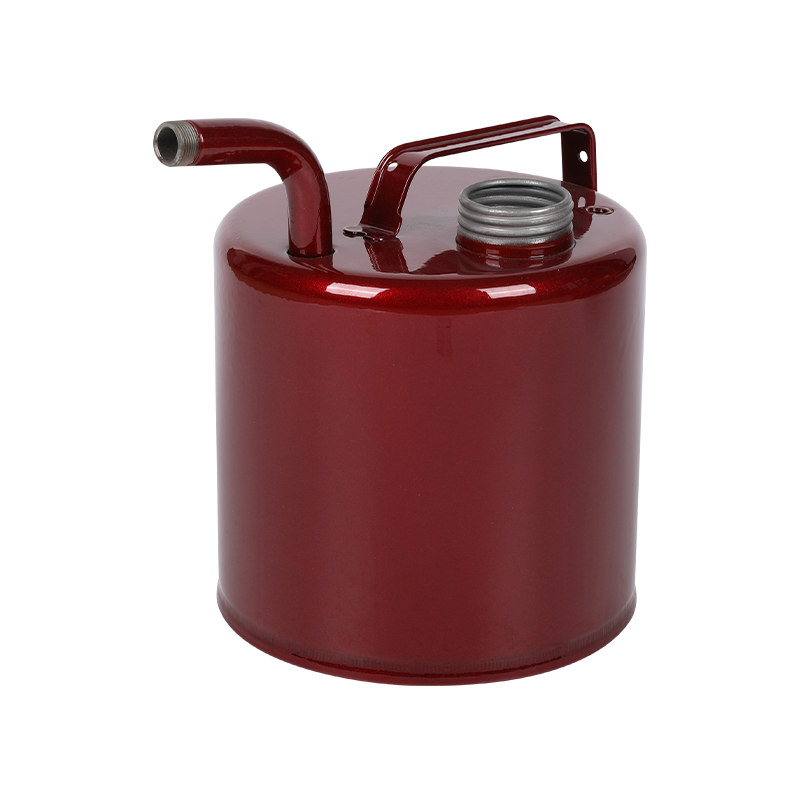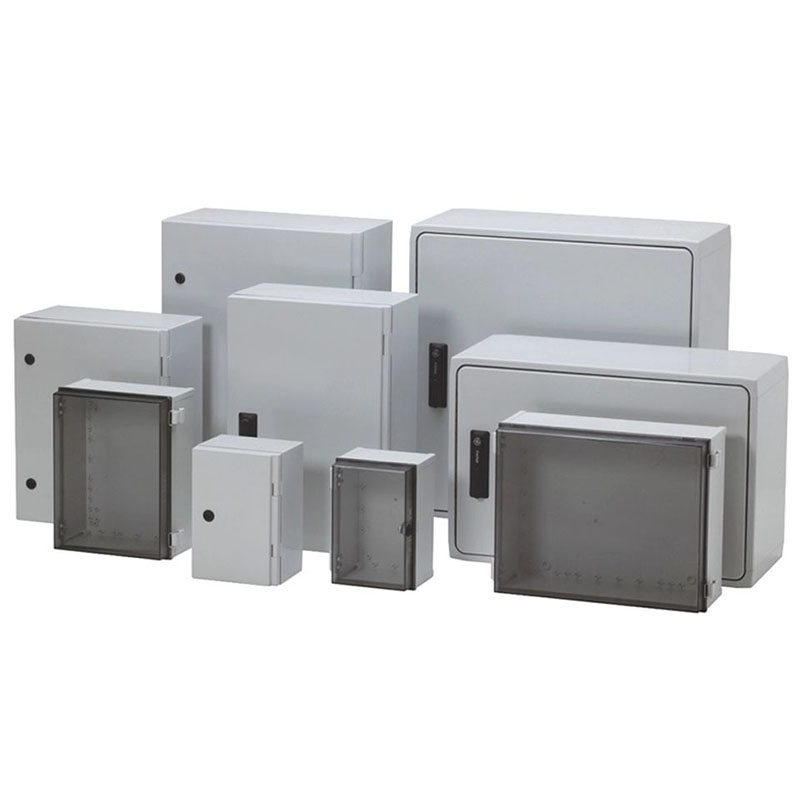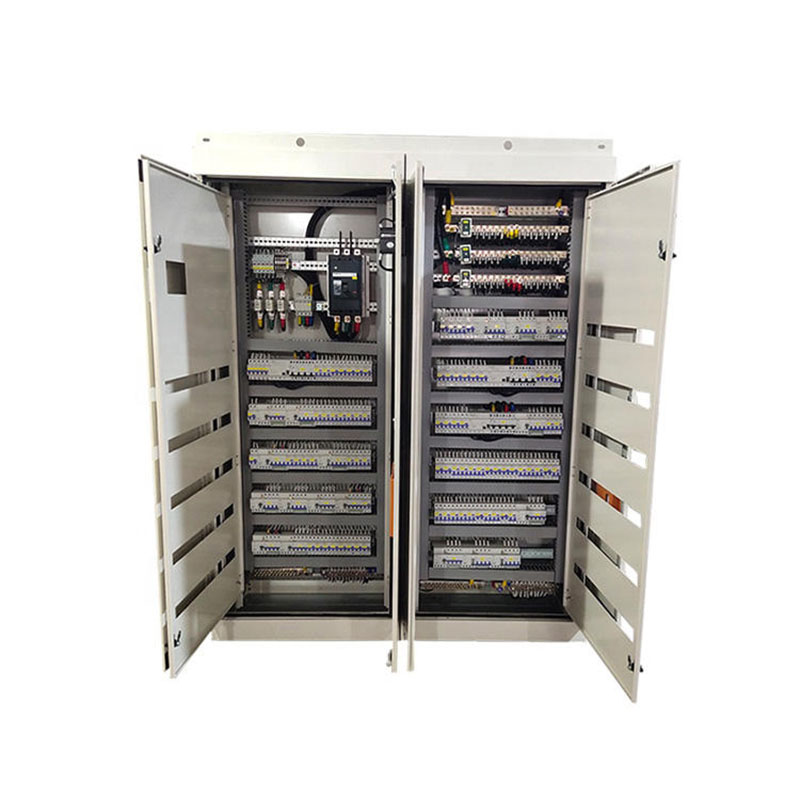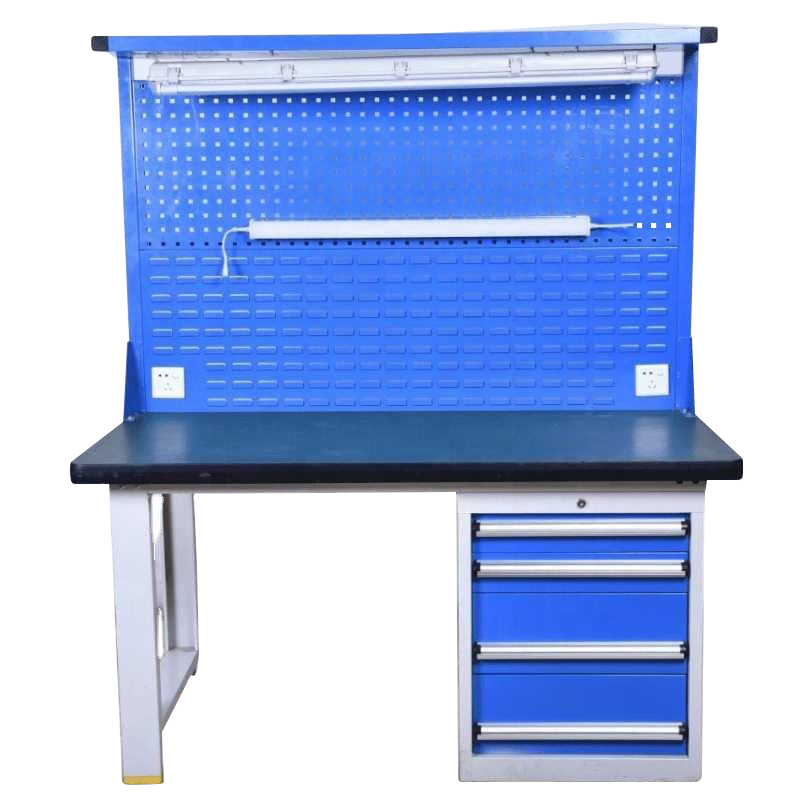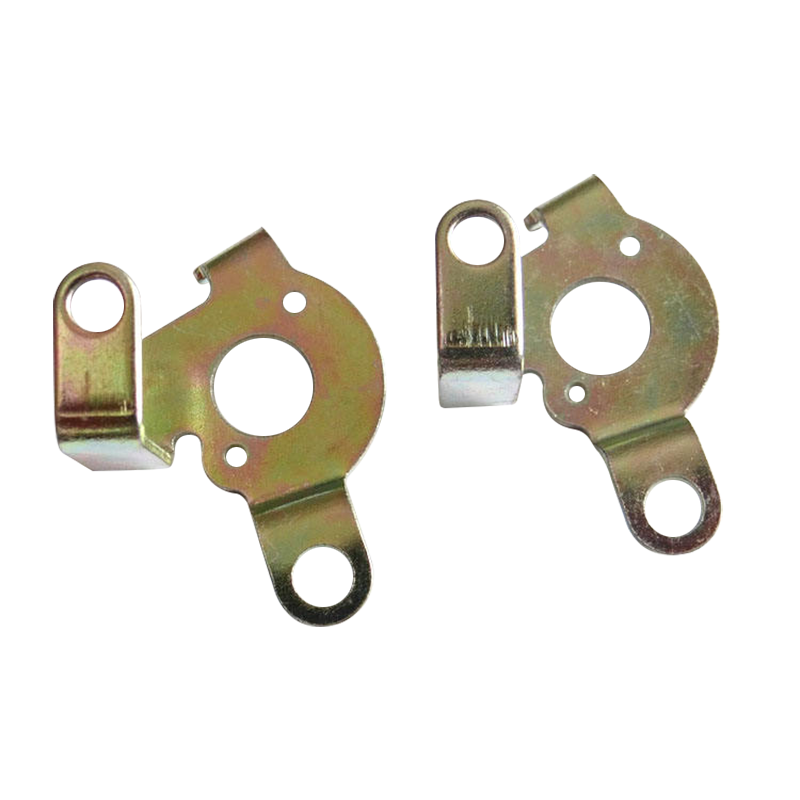In the realm of medical engineering, precision is paramount. From diagnostic equipment to life-support systems, every component must meet rigorous standards. One critical yet often overlooked element in this high-stakes industry is the sheet metal medical shell—the protective, structural exoskeleton that encases vital medical devices.
The Backbone of Medical Equipment
At first glance, a sheet metal medical shell may seem like a simple housing. In reality, it is a meticulously engineered component designed to offer mechanical durability, electromagnetic interference (EMI) shielding, hygiene compliance, and ergonomic functionality. Far more than a casing, it serves as the first line of defense—guarding sensitive internal electronics against physical damage, contaminants, and environmental fluctuations.
Crafted predominantly from high-grade stainless steel or aluminum, these shells are chosen not just for strength but for their resistance to corrosion, ease of sterilization, and minimal maintenance requirements. Their surfaces must remain pristine under frequent sanitation with harsh chemicals—an unyielding demand in sterile environments like operating rooms and ICUs.
Engineering Elegance Meets Clinical Rigor
The design of a sheet metal medical shell is a sophisticated balancing act. On one hand, it must be robust enough to withstand daily wear, accidental bumps, and intensive cleaning. On the other, it must maintain a sleek, professional appearance that reflects the gravity of the medical setting.
Engineers collaborate closely with healthcare professionals to ensure that every curve, seam, and hinge is purposeful. Rounded corners reduce the risk of injury and simplify cleaning. Modular panels allow quick access for maintenance. Perforations and vents are strategically placed to facilitate thermal regulation without compromising hygiene.
These are not arbitrary decisions—they are calculated moves within a tightly regulated design framework governed by ISO 13485 standards and FDA guidelines.
Customization for Specialized Applications
No two medical environments are identical. A neonatal incubator has vastly different requirements than a radiology workstation. That’s where customization becomes essential.
Sheet metal medical shells can be tailored with a high degree of specificity: dimensions, mounting mechanisms, insulation materials, and finish coatings can all be adjusted to suit the particular device and environment. Powder coatings are applied not only for aesthetics but for their anti-microbial properties and tactile comfort. Branding elements—like embossed logos or color coding—can be seamlessly integrated into the shell design without compromising integrity or sterility.

Silent Guardians of Innovation
While they operate in the background, sheet metal medical shells are critical enablers of healthcare innovation. As medical technologies become more compact and complex, the need for efficient, space-saving, and safe enclosures grows. These shells quietly uphold the functionality and longevity of multimillion-dollar equipment.
From MRI machines and dialysis units to mobile diagnostic carts and automated dispensers, the shell’s role is both silent and steadfast. It preserves, protects, and prolongs—ensuring that the technology within functions flawlessly when lives are on the line.
The Future: Smart Integration and Sustainability
Looking ahead, the evolution of sheet metal medical shells is set to intersect with smart technology and sustainable manufacturing. Integration of touchless sensors, digital displays, and IoT interfaces will transform these shells into active participants in patient care—not just passive containers.
Moreover, advances in laser cutting, CNC machining, and eco-friendly coatings are paving the way for greener production processes. Recyclable metals and modular designs that reduce waste during upgrades are becoming increasingly prioritized, aligning medical engineering with broader environmental objectives.
The sheet metal medical shell is a testament to how form can seamlessly align with function in the service of human health. It is a product of exacting standards, interdisciplinary collaboration, and relentless innovation. In a world where every second and every signal matters, these shells stand as quiet sentinels—durable, dependable, and undeniably essential.

 English
English русский
русский Deutsche
Deutsche
